
Amid the rustling eucalyptus leaves and the sun-drenched plains of northern Australia, a tiny avian jewel flits gracefully between blossoming branches. With its kaleidoscope of colors and melodious calls, the Gouldian Finch (Erythrura gouldiae) captivates all who catch a glimpse. Rightly named after British ornithologist John Gould, this spectacular bird stands out as one of nature’s most stunning creations, earning its poetic title: Nature’s Living Jewel on a Flowering Branch.
But beyond its remarkable beauty lies a complex and fragile existence. From its fascinating biology to its dwindling natural population, the story of the Gouldian Finch is a portrait of splendor, survival, and hope.

A Feathered Kaleidoscope
The most striking feature of the Gouldian Finch is, without a doubt, its plumage. Unlike most birds, which stick to one consistent coloration per species, the Gouldian Finch appears in three distinct head color morphs: red, black, and yellow (or orange), each occurring naturally within the population. Its body is equally dazzling—turquoise-blue upper chest, vibrant green back, purple breast, and golden-yellow belly. The sheer contrast of these colors, blended harmoniously, gives the bird the appearance of a gemstone come to life.
These variations aren’t just aesthetic curiosities; they serve evolutionary and ecological purposes. Interestingly, the red-headed variety, though rarer, tends to be more dominant and aggressive. Scientists believe these behavioral differences contribute to how the birds interact, select mates, and even avoid predators.
The bird’s appearance becomes even more enchanting when perched on a flowering branch of native flora like grevillea or eucalyptus. The natural bouquet of colors created by bird and bloom seems like a canvas carefully painted by nature itself.
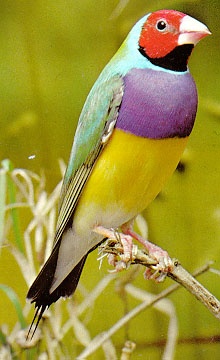
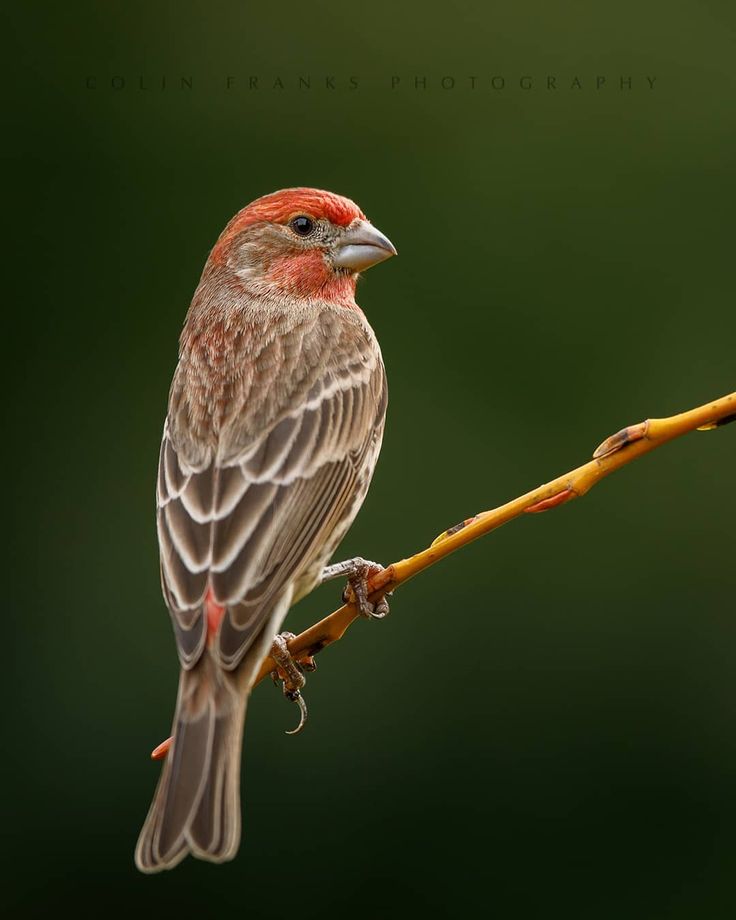
Habitat and Distribution
The Gouldian Finch is endemic to northern Australia, particularly the tropical savannahs of the Northern Territory, Queensland, and parts of Western Australia. They prefer open woodland areas dominated by native grasses like spinifex and sorghum, which provide seeds—the primary component of their diet.
These finches are most often found near water sources, crucial for their survival in the often-arid landscape. The dry season is especially challenging, and it is during this time that their resilience and adaptability are tested.
However, the shifting climate and human development have drastically affected their native range. Wild populations have become increasingly fragmented, and today, truly wild Gouldian Finches are rare, making the flowering branches they once frequented a nostalgic symbol of their shrinking domain.
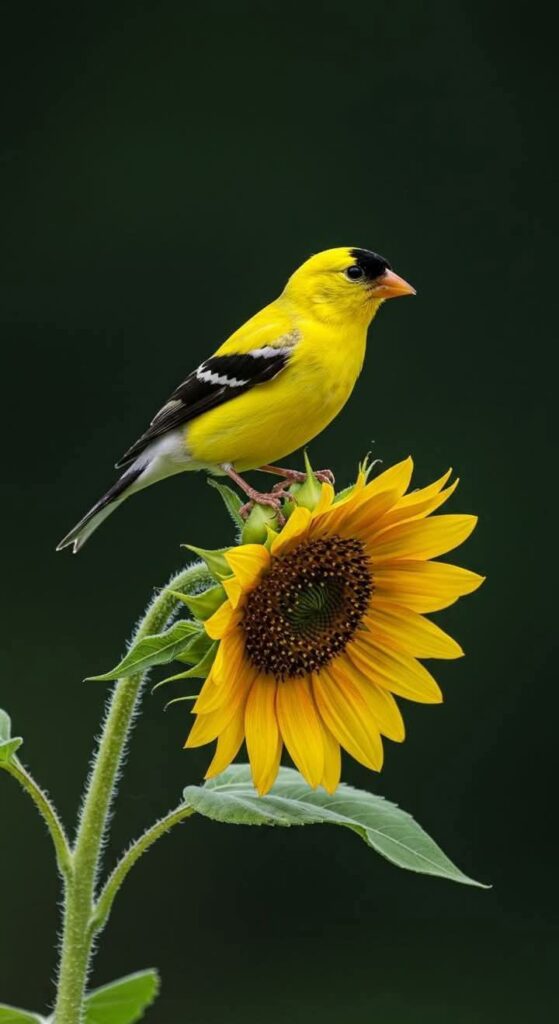

A Delicate Balance: Diet and Life Cycle
Gouldian Finches are granivorous, meaning they feed primarily on seeds, especially those of native grasses. Their diet varies slightly between the wet and dry seasons. During the wet season, they consume green seeds, while in the dry season, they rely on mature, dry seeds. The birds’ dependence on specific grass species makes them especially vulnerable to changes in vegetation caused by overgrazing, fire mismanagement, or land clearing.
Their breeding season coincides with the end of the wet season (around March to August), when food is abundant. They usually nest in tree hollows or termite mounds, laying 4 to 8 eggs per clutch. Both parents participate in incubation and feeding of the chicks, a behavior that increases the survival chances of their offspring.
However, Gouldian chicks are extremely sensitive to environmental stresses. Even slight disturbances—like reduced food availability or sudden temperature drops—can result in failed broods. The birds’ reproductive success is a barometer for the health of their ecosystem, underlining their role as an indicator species.

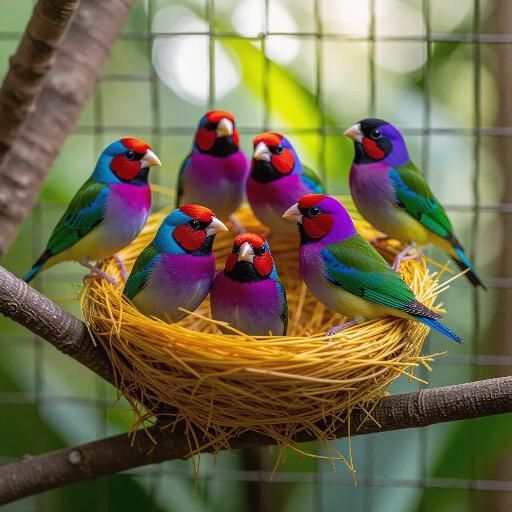
Conservation Status: A Jewel at Risk
Once numbering in the hundreds of thousands, the wild population of Gouldian Finches has suffered a dramatic decline since the mid-20th century. The major threats include:
- Habitat Loss – Land clearing for agriculture and urban expansion has led to significant loss of suitable nesting and feeding sites.
- Inappropriate Fire Regimes – Fire, a natural part of the Australian landscape, has become a double-edged sword. Controlled burns done too frequently or during the wrong season can destroy the very grasses these birds depend on.
- Predation and Disease – Increased vulnerability to predators such as cats and snakes, as well as diseases like air sac mite infestations, further endanger these delicate birds.
- Climate Change – Altered rainfall patterns and increased temperatures affect both the finches and the grass seeds they rely on.
According to the IUCN Red List, the Gouldian Finch is listed as Near Threatened. In some parts of Australia, such as the Northern Territory, they are considered endangered. Conservation efforts—such as controlled fire management, habitat restoration, and captive breeding programs—have had some success, but challenges remain.
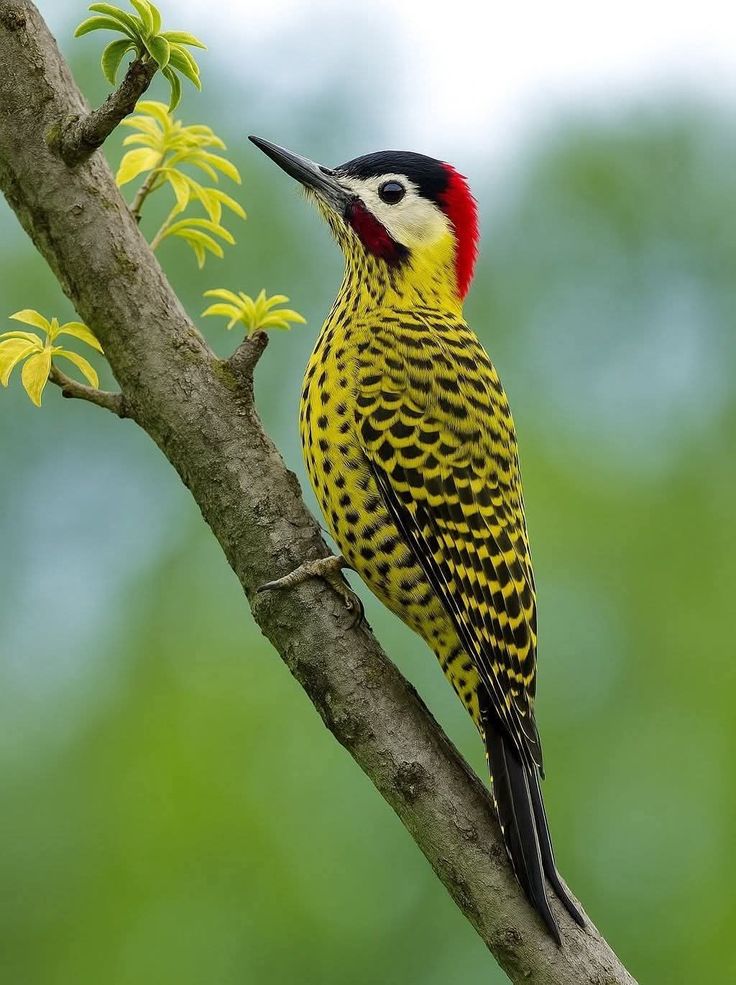

A Symbol in Captivity and Culture
Ironically, while the bird is struggling in the wild, it thrives in captivity. Gouldian Finches are among the most popular aviary birds worldwide due to their striking appearance and relatively manageable care needs.
Aviculture has played a paradoxical role. On the one hand, it has helped maintain the genetic diversity of the species through controlled breeding. On the other hand, the popularity of the bird led to widespread trapping in the 20th century, which contributed to their initial population crash in the wild. Fortunately, trapping is now illegal in Australia, and most pet Gouldians come from captive breeding programs.
The bird has also found a symbolic place in art and education. Its vibrant colors have been featured in Aboriginal paintings, conservation campaigns, and environmental documentaries. It serves as a mascot for sustainable land management and species recovery programs in the Australian Outback.
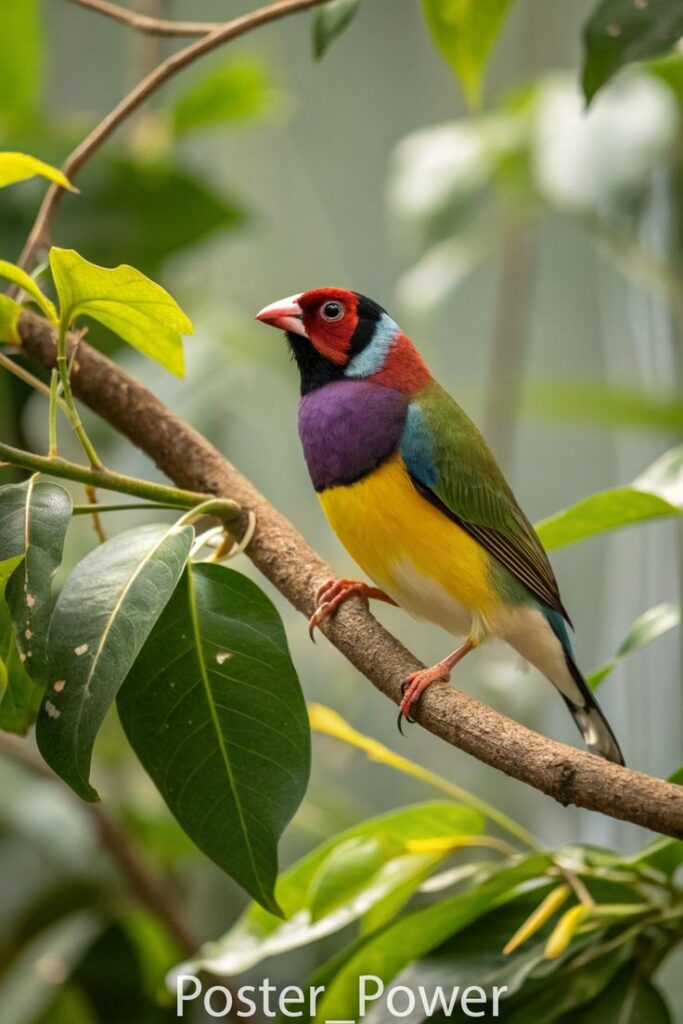

The Science of Color: More Than Meets the Eye
Scientists have long been fascinated by the Gouldian Finch’s vivid coloration, not only for its aesthetic appeal but also for what it reveals about avian biology. The bird’s bright hues are a result of structural coloration and carotenoid pigments.
Structural coloration occurs when microscopic structures in the feathers reflect and scatter light, producing iridescent blues and greens. Carotenoids, derived from the bird’s diet, are responsible for the reds and yellows. Interestingly, these colors can indicate health, vitality, and even genetic compatibility during mate selection.
Recent genetic studies have discovered that the different head colors correspond to different alleles of a single gene, and these morphs are maintained by frequency-dependent selection, a process that helps ensure the survival of all color variants.
In short, what we see as beauty is also a product of evolutionary science—a testament to the complexity of life on Earth.


A Future on the Flowering Branch
While the Gouldian Finch may be a symbol of fragility, it is also a beacon of hope. Conservation programs across Australia are working to restore its habitat through:
- Reintroduction projects in national parks.
- Landowner partnerships that promote sustainable grazing and fire regimes.
- Education campaigns that highlight the importance of biodiversity.
One such initiative is the Save the Gouldian Fund, which supports field research and conservation efforts. Satellite tracking, breeding site monitoring, and ecological modeling are all helping scientists understand what the species needs to thrive.
Moreover, Indigenous land management practices—known as “cultural burning”—are being integrated into modern fire strategies. These methods, honed over thousands of years, promote biodiversity while reducing the intensity of wildfires, creating healthier ecosystems for all wildlife, including the Gouldian Finch.


Conclusion: A Jewel Worth Protecting
Perched gracefully on a flowering branch, the Gouldian Finch is more than just a pretty bird. It is a living symbol of nature’s artistry, a biological marvel, and a poignant reminder of the balance required to preserve life.
Its presence brings a vibrancy to the dry landscapes of Australia, turning the mundane into the magical. But its dwindling numbers also underscore a greater environmental narrative—one in which every act of conservation, education, and stewardship can make a difference.
As we stand on the cusp of ecological tipping points across the globe, the fate of this radiant little finch urges us to act—not only to save a species but to preserve the natural beauty and interconnectedness of the world we share.
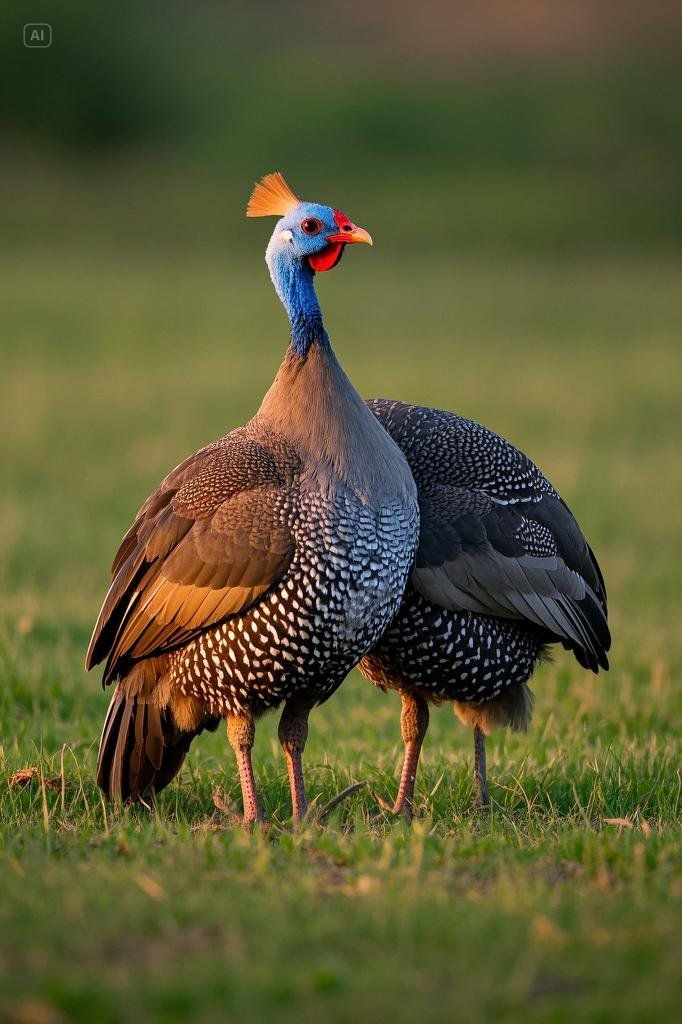

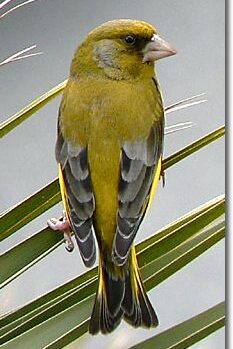
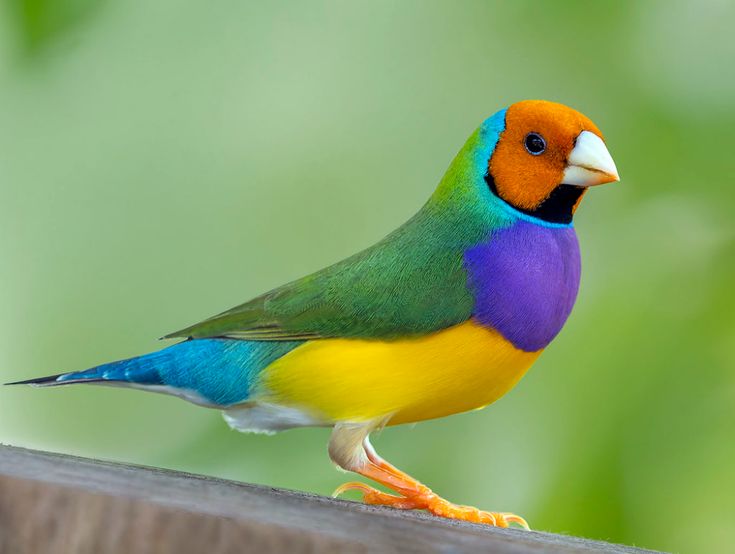

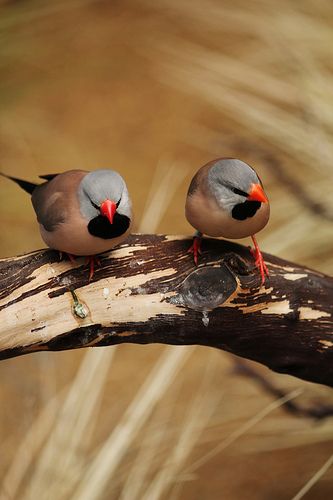
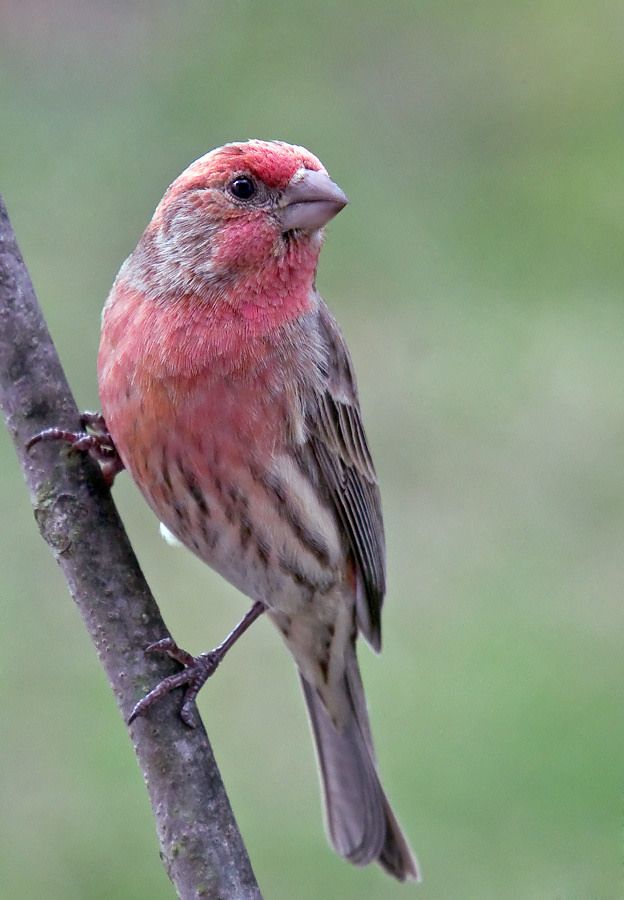
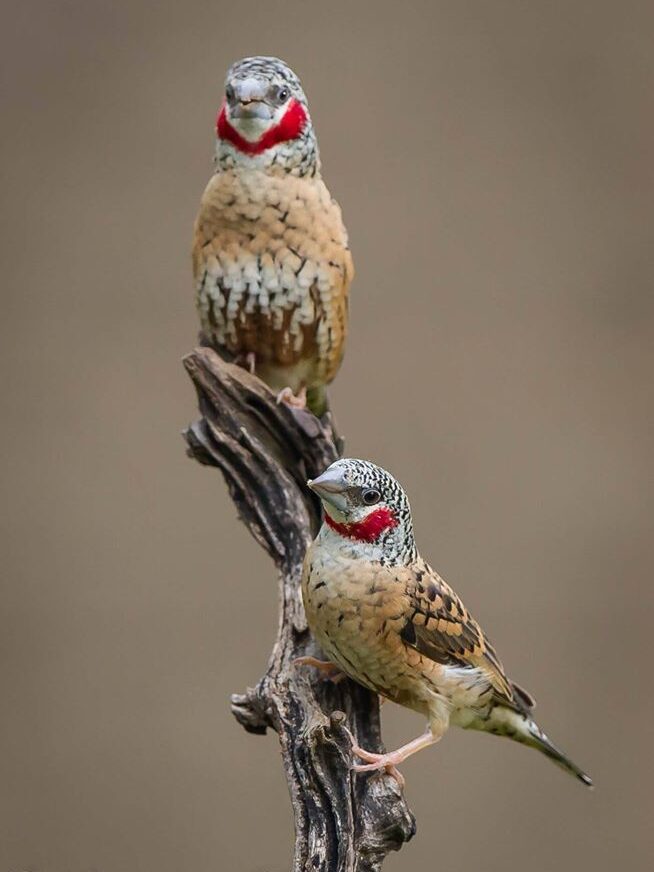
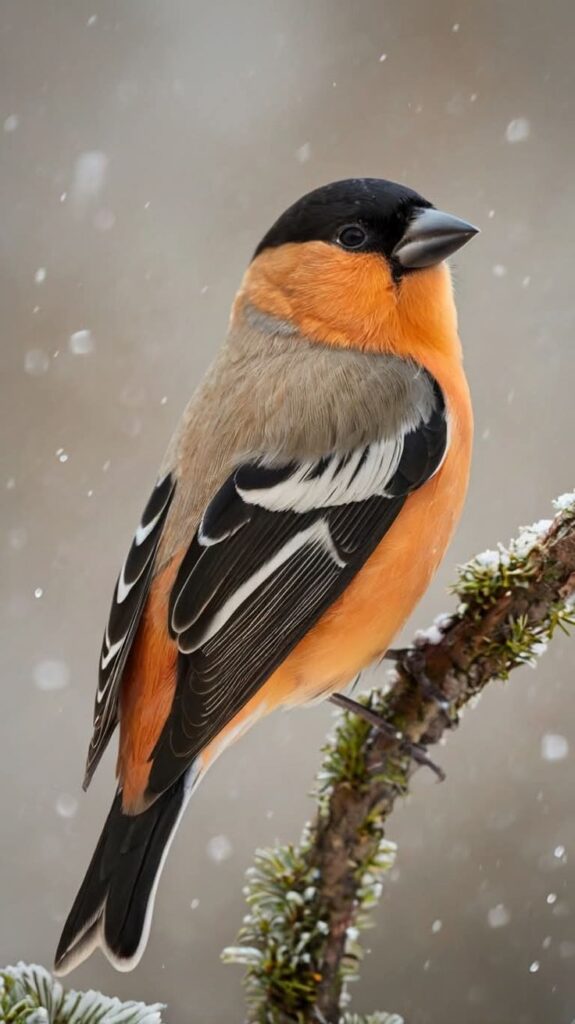





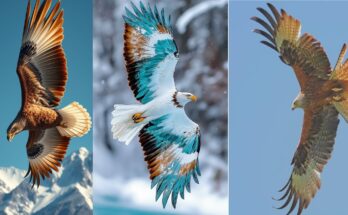
Great beat ! I would like to apprentice while you amend your web site, http://www.kayswell.com how could i subscribe for a blog site? The account helped me a acceptable deal. I had been a little bit acquainted of this your broadcast provided bright clear concept
Your articles are very helpful to me. May I request more information? http://www.kayswell.com
Thank you for sharing this article with me. It helped me a lot and I love it. http://www.kayswell.com
Can you write more about it? Your articles are always helpful to me. Thank you! http://www.kayswell.com
Thanks for your help and for writing this post. It’s been great. http://www.kayswell.com
Please provide me with more details on the topic http://www.ifashionstyles.com
Do you mind if I quote a few of your articles as long as I provide credit and sources back to your website? My website is in the exact same area of interest as yours and my visitors would definitely benefit from some of the information you provide here. http://www.kayswell.com
wonderful points altogether, you just received a new reader. What would you suggest about your put up that you simply made some days ago? Any positive? http://www.kayswell.com
I’m extremely impressed with your writing skills as well as with the layout on your weblog. Is this a paid theme or did you customize it yourself? Anyway keep up the excellent quality writing,it is rare to see a nice blog like this one today. http://www.kayswell.com
Hey there! Would you mind if I share your blog with my myspace group? There’s a lot of people that I think would really enjoy your content. Please let me know. Thanks http://www.kayswell.com
Hello everyone, it’s my first pay a visit at this website, and paragraph is in fact fruitful in support of me, keep up posting these types of articles. http://www.kayswell.com
I like the valuable info you provide to your articles. I will bookmark your weblog and check once more here regularly. I am reasonably sure I’ll be told lots of new stuff proper right here! Best of luck for the following! http://www.kayswell.com
I am curious to find out what blog platform you happen to be utilizing? I’m experiencing some minor security issues with my latest blog and I would like to find something more safeguarded. Do you have any suggestions? http://www.kayswell.com
Good day! Would you mind if I share your blog with my zynga group?There’s a lot of folks that I think would really enjoy your content. Please let me know. Cheers http://www.kayswell.com
This is my first time visit at here and i am actually happy to read everthing at alone place. http://www.kayswell.com
Ahaa, its fastidious discussion on the topic of this article at this place at this website, I have read all that, so now me also commenting at this place. http://www.kayswell.com
I’m not that much of a internet reader to be honest but your blogs really nice, keep it up! I’ll go ahead and bookmark your website to come back in the future. http://www.kayswell.com
Hi there to all, for the reason that I am truly keen of reading this website’s post to be updated daily. It carries fastidious data. http://www.ifashionstyles.com
Hello, i read your blog occasionally and i own a similar one and i was just curious if you get a lot of spam feedback? If so how do you stop it, any plugin or anything you can recommend? I get so much lately it’s driving me insane so any help is very much appreciated. http://www.kayswell.com
Hello there, You’ve done a great job. I will definitely digg it and personally recommend to my friends. I am confident they will be benefited from this website. http://www.kayswell.com
I don’t even know how I ended up here, but I thought this post was great. I do not know who you are but definitely you’re going to a famous blogger if you are not already 😉 Cheers! http://www.kayswell.com
Have you ever considered about including a little bit more than just your articles? I mean, what you say is fundamental and all. However imagine if you added some great images or video clips to give your posts more, “pop”! Your content is excellent but with images and clips, http://www.ifashionstyles.com this website could undeniably be one of the best in its field.
Thanks for the recommendations you have discussed here. Something else I would like to mention is that laptop memory needs generally increase along with other innovations in the technology. For instance, whenever new generations of cpus are introduced to the market, there’s usually an equivalent increase in the size and style preferences of both the personal computer memory as well as hard drive space. This is because the application operated by means of these cpus will inevitably rise in power to use the new engineering.